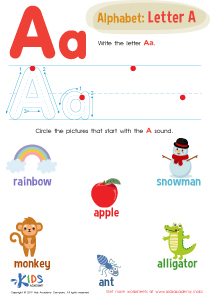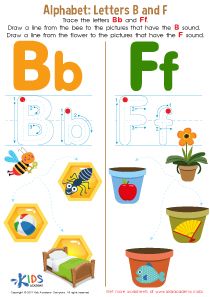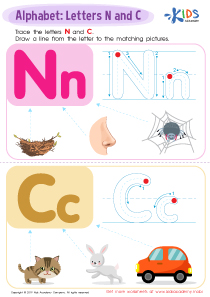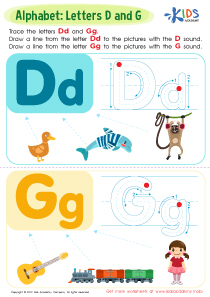Fine Motor Skills Letter X Worksheets for 6-Year-Olds
4 filtered results
-
From - To
Our Fine Motor Skills Letter X Worksheets for 6-Year-Olds are designed to make learning fun and engaging. These worksheets help children develop essential fine motor skills while practicing the letter X through tracing, coloring, and puzzle activities. Ideal for young learners, each exercise is thoughtfully crafted to enhance hand-eye coordination, muscle strength, and dexterity. Perfect for classroom or home use, our worksheets support early literacy development and build the foundation for efficient handwriting. Empower your child's learning journey with our specialized activities that combine creativity and education seamlessly. Download now to transform practice time into playtime!
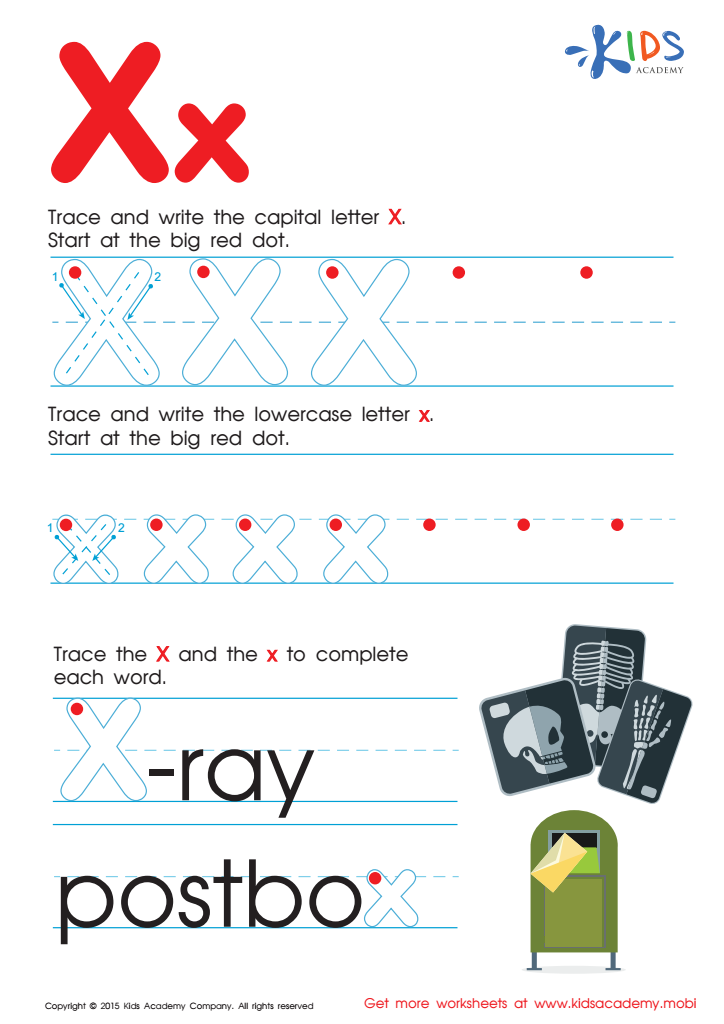

Letter X Tracing Page
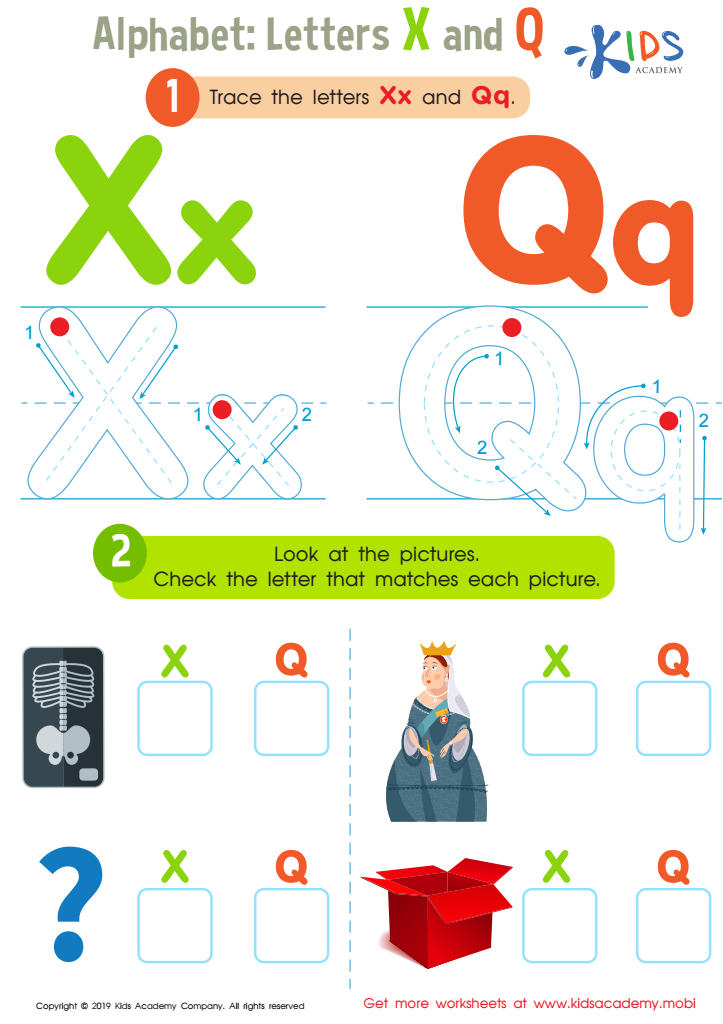

Letters X and Q Tracing Worksheet
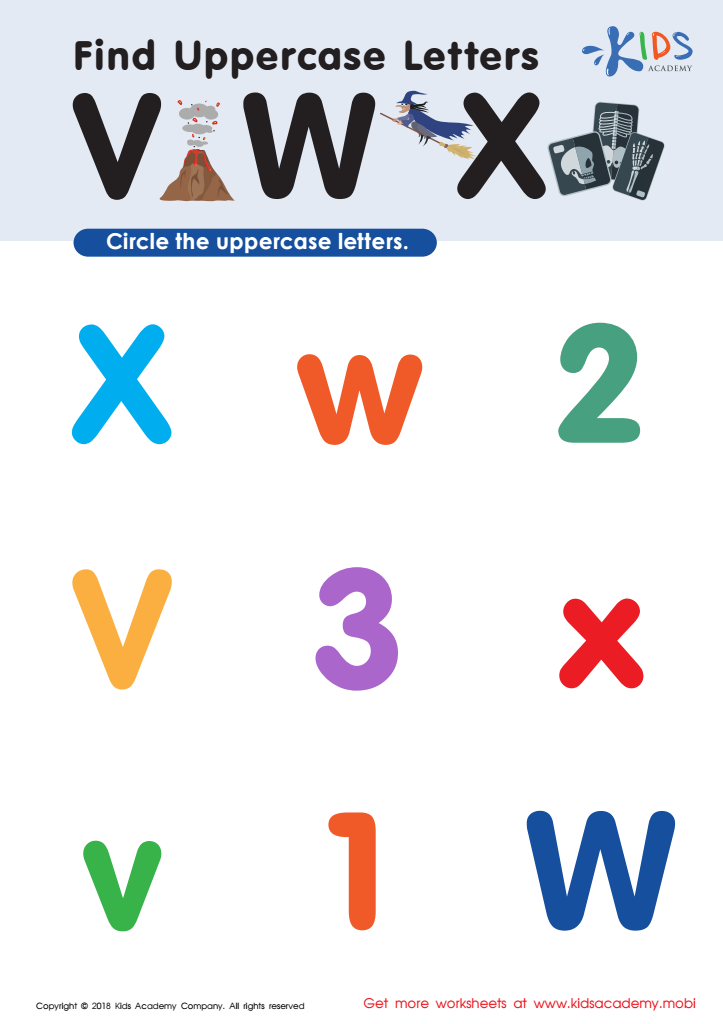

Find Uppercase Letters V, W, X Worksheet
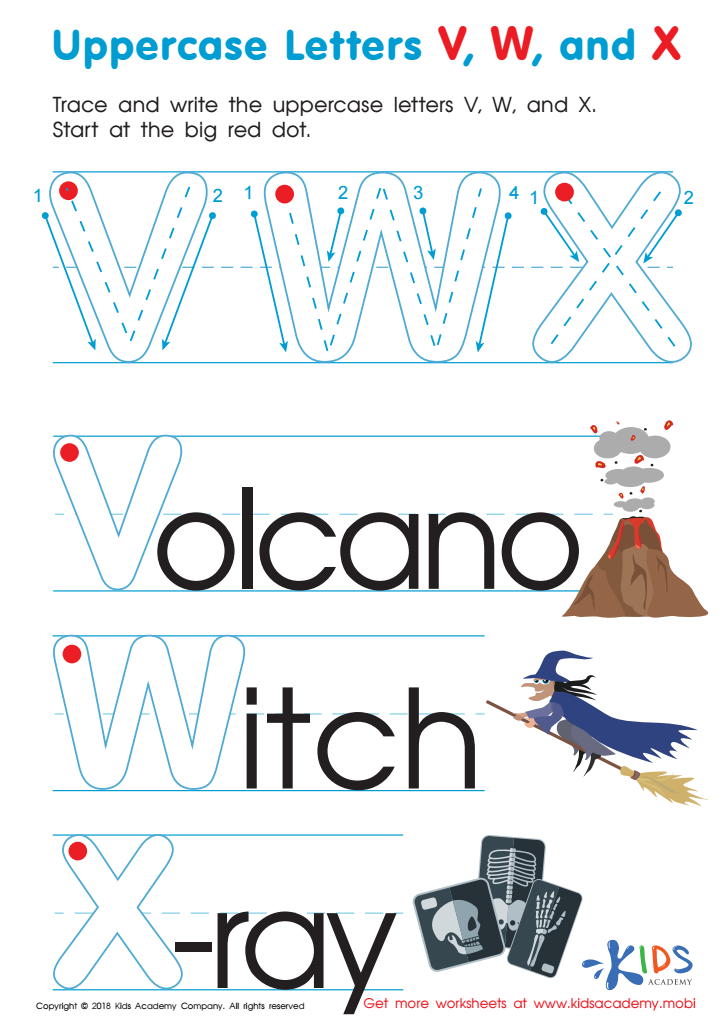

Uppercase Letters V, W, and X Worksheet
Fine motor skills are essential for a 6-year-old's overall development, impacting their ability to perform daily tasks and academic activities with success and confidence. Learning to write the letter 'X' helps children refine these crucial skills by developing dexterity, hand-eye coordination, and muscle strength. These capabilities are vital for tasks such as tying shoelaces, buttoning clothes, and using utensils, which promote independence and self-esteem.
Specifically focusing on the letter 'X,' children learn to make precise movements and understand directional concepts (upward and downward strokes, crossing lines), which are foundational for writing other letters, drawing, and participating in classroom assignments. Practicing the letter 'X' also supports cognitive development by encouraging children to follow instructions, concentrate on tasks, and develop pattern recognition.
Moreover, early proficiency in such tasks sets a positive tone for children’s educational journey. Ensuring children achieve milestones like writing the letter 'X' acts as a stepping stone for future challenges, making it easier for them to excel in more complex academic requirements. By prioritizing fine motor skills, parents and teachers aren't just addressing immediate educational needs but are also aiding in the long-term development that underpins a child's ability to learn and grow holistically.
 Assign to My Students
Assign to My Students






